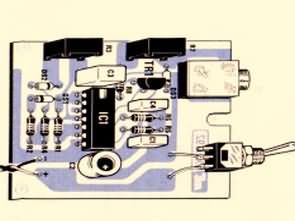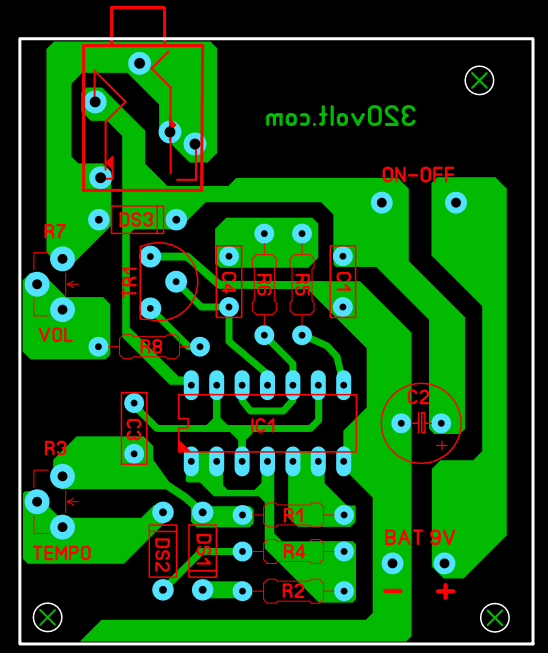
It is stated that the circuit of the device developed for the treatment of stuttering was developed by chance and emerged with the suggestion of a person who had a stuttering problem and managed to eliminate it. The amplifier works problematically due to the wrong value of a capacitor in the circuit. It makes a clicking sound. This sound was very good for the person who had a tick. Of course, it is not a device that gives immediate results, it has been studied for months.
You can continue for at least half an hour and as soon as you notice an improvement, you can increase the speed of the beep-beep until you see that the stuttering can be read.
First you need to turn the R3 corrector to the slowest frequency, that is, 2 Hz, then, with the headphones in your ear, turn the R7 volume corrector until you hear the sound clearly.
At this point you can grab a book and start reading out loud. In practice, it will feel as if we have used our right hand to write for years, but suddenly for some reason we have to write with our left hand.
Difficulties arise in the first few days, then gradually and with some training we will be able to write with the left hand. We reiterate once again that a few days of training are needed. Therefore, those who abandon the device after a day or two without seeing any improvement blame the failure not on the device but on lack of consistency.
should bind.
In fact, you will achieve the expected results only if you continue the exercise we have described. You should not think that the headset will instantly cure you as soon as it is inserted into the ear, because it is difficult for the symptom to disappear immediately.
Those who have suffered from stuttering for many years will need several weeks of training before they notice the defect diminishing and gradually disappearing so that they can finally speak normally.

Source: forosdeelectronica.com/threads/circuito-antitartamudez.51478
Source file and PCB file of the device designed for stuttering treatment:
Şifre-Pass: 320volt.com
Publication date: 2024/03/16 Tags: interesting projects electronics